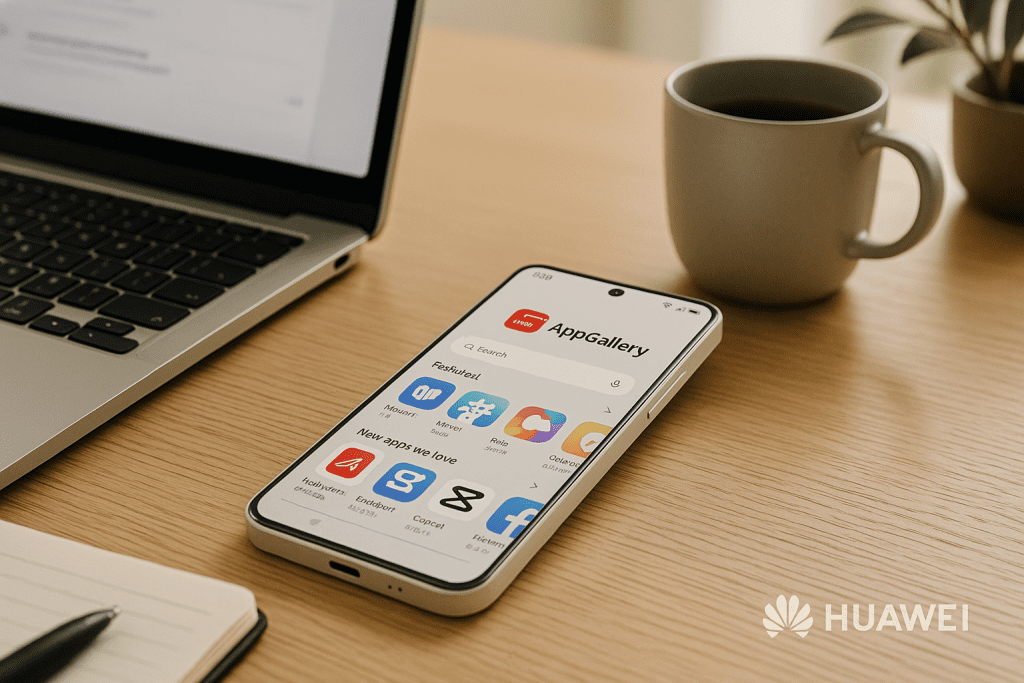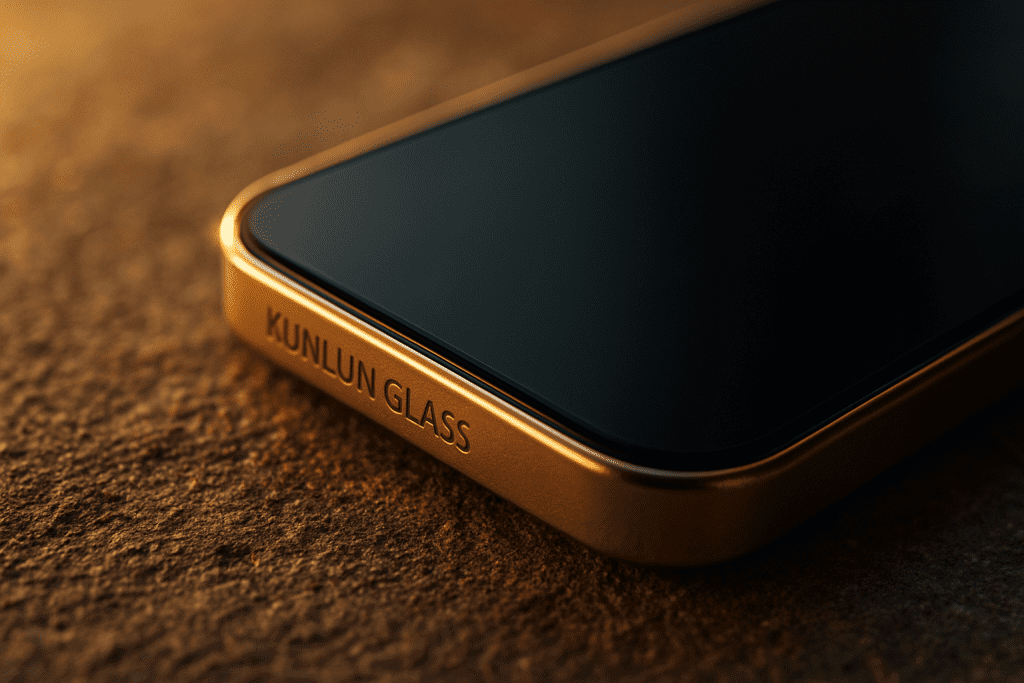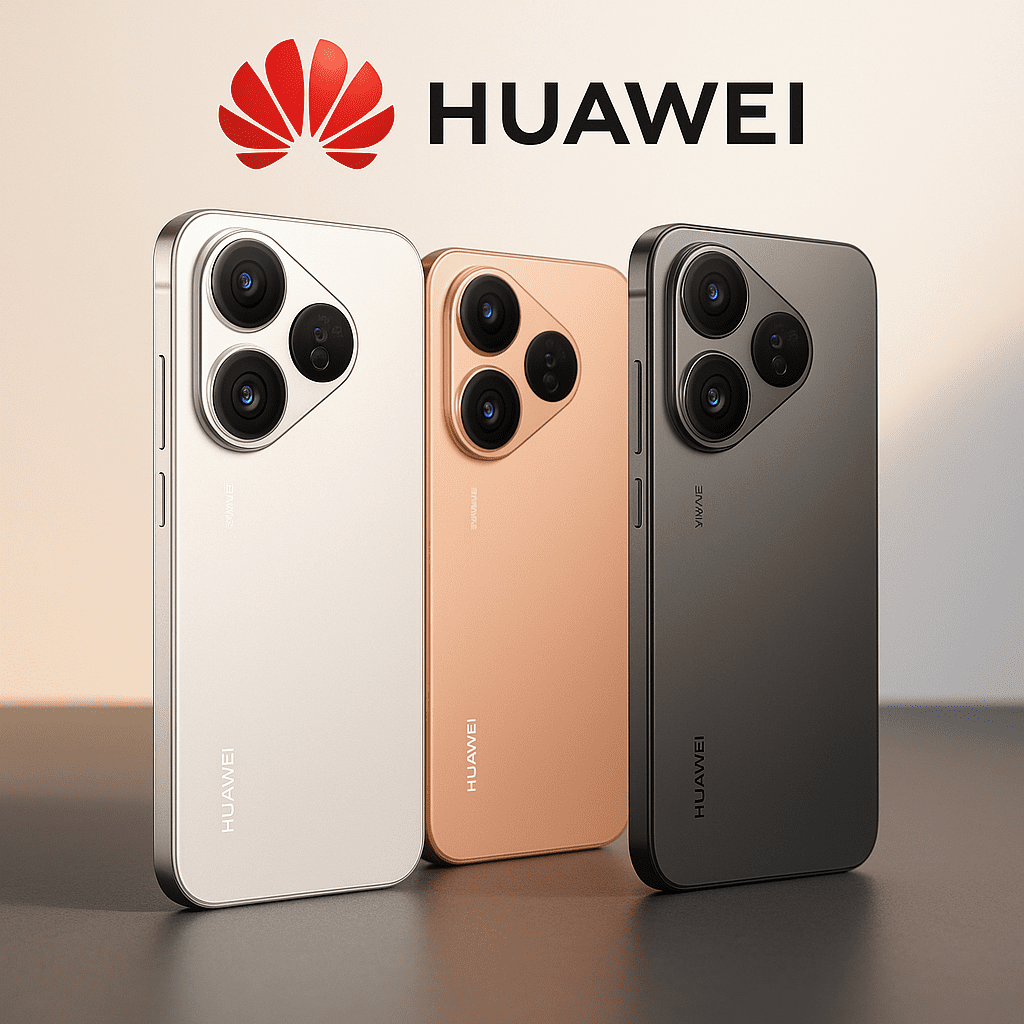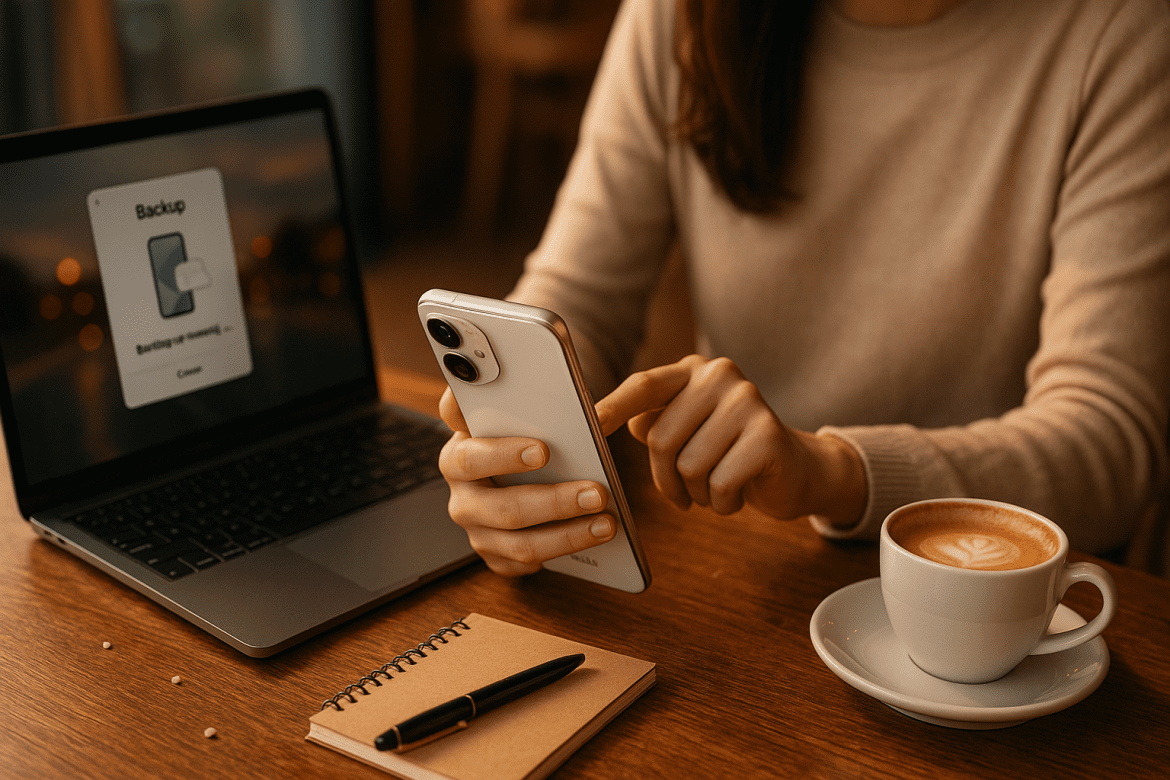HUAWEI Pura: Quiet Power, Bold Ideas
Every few years, the smartphone world rewrites its own rules. Sometimes loudly—with spec trophies and launch pyrotechnics. Sometimes quietly—by fixing what actually shapes our days: how a camera sees at night, how a display reads in sun, how a phone protects our attention and our privacy without turning us into system administrators. Huawei’s P-to-Pura era is that quieter rewrite—a design language and camera philosophy years in the making, now matured into a flagship that’s more thoughtful tool than tech stunt. Since 2012, the P line trained its lens on photography; in April 2024, Huawei renamed the P series to “Pura” to mark a cleaner, camera-first identity (starting with the Pura 70) and a software stack tuned for calm clarity.
From P to Pura — A History of Bold, Quiet Ideas
2012–2018 (P1 → P20 Pro): The camera becomes the story. Early Leica co-engineering and bold night modes show up before it’s fashionable.
2019 (the turning point): U.S. restrictions cut access to Google Mobile Services (GMS). Many would’ve plateaued. Huawei pivots: doubles down on its own Huawei Mobile Services (HMS), AppGallery, Petal Maps/Search, and pushes system design toward resilience.
2022–2024: The XMAGE camera brand (with variable aperture on Mate 50 Pro), tougher Kunlun Glass, and an X-True display philosophy (“see like your eyes expect”) graduate from ideas to everyday benefits. In 2024, “Pura” becomes the new mainstream flagship banner.
Why it matters: innovation doesn’t live only in chip charts; it lives in survivability, fairness, and how gracefully a device behaves at 11 p.m. on a busy day.
The technology behind Pura (what’s actually new/useful)
XMAGE + Variable Aperture
Pura inherits Huawei’s XMAGE work: natural color and aperture control to balance background glow vs. subject isolation at night—one of mobile’s hardest scenes. Earlier XMAGE systems offered f/1.4–f/4.0 on Mate 50 Pro; Pura carries that spirit forward for low-light realism and flexible depth of field.
X-True Display
The move to ~460 ppi, 1–120 Hz adaptive, and high peak brightness targets legibility, not showroom punch, so text is easy at noon and highlights hold at blue hour. (See Pura 70’s official spec cues.)
Kunlun Glass (2nd-gen)
SGS 5-star drop resistance certification and Huawei’s claimed ≈10× higher drop resistance vs. non-Kunlun variants translate to fewer real-life heart attacks. It’s not indestructible—but it’s meaningfully tougher.
HMS ecosystem
With GMS absent, Huawei scaled AppGallery, Petal Maps, Petal Search, and Phone Clone; many Google-dependent apps still run via web/PWA, developer ports, or third-party containers like GBox (a virtualization layer) when users explicitly choose it.

Pura vs. older generations (what you’ll feel)
Color science: From Leica-era contrast to XMAGE’s more neutral night color; less neon, more city-true
Low-light portraits: Variable aperture lets you keep ambient signage beautiful and faces crisp—something older fixed-aperture modules struggled with.
Readability: X-True keeps highlights and text usable outdoors—an everyday win over older panels.
Toughness: Kunlun editions reduce random screen-repair days

The technology behind Pura
Where Pura sits against 2025’s top flagships
We’ll benchmark the experience layer—how each phone behaves for creators and travelers.
Samsung Galaxy S25 Ultra
-
Strengths: titanium frame, larger display, Galaxy AI features, long software runway. Ideal for S-Pen workflows and Samsung’s ecosystem.
-
Pura edge: more natural low-light color; Kunlun toughness narrative if drops worry you.
Apple iPhone 16 Pro/Max
-
Strengths: A18 Pro, Apple Intelligence, elite video pipeline, long support; Camera Control hardware button.
-
Pura edge: XMAGE’s variable aperture aesthetics at night; AppGallery + PWAs for cross-platform pragmatists.
Google Pixel 9 Pro/XL
-
Strengths: best-in-class AI in Photos, 50+48+48MP stack, 7-year OS promise.
-
Pura edge: display legibility philosophy; hardware toughness story; different privacy trade-offs.
Xiaomi 15 Ultra
-
Strengths: Leica-tuned, next-gen quad camera, HyperAI features.
-
Pura edge: restrained, documentary-style color; HMS privacy posture without Google background services by default.
The Quiet Flagship: Why Huawei Pura Matters More Than Specs
| Area | HUAWEI Pura (70/80 family) | Samsung Galaxy S25 Ultra | Apple iPhone 16 Pro/Max | Google Pixel 9 Pro/XL | Xiaomi 15 Ultra |
|---|---|---|---|---|---|
| Design & Durability | Kunlun Glass (2nd-gen) with industry-tested drop resistance; flat, matte finishes that grip well. | Titanium frame, Gorilla Armor 2, IP68. | Refined titanium design; Camera Control button. | Aluminum/tough glass build; IP rating varies by model. | Leica-styled body, reinforced build for drops (regional variants). |
| Display & Readability | X-True OLED ~460 ppi, 1–120 Hz LTPO; tuned for legibility and color accuracy outdoors. | Large, bright LTPO OLED; Samsung’s top HDR stack; AI tuning. | High-brightness LTPO OLED; Apple color management pipeline. | LTPO OLED with very high peak nits; smooth 120 Hz. | 6.73″ WQHD+ AMOLED, up to ~3200 nits peak. |
| Camera Philosophy | XMAGE color science + variable aperture heritage for truer night color and depth control. | High-res wide + new ultra-wide; Nightography + Galaxy AI assists. | Pro-grade video, strong HDR tones; “Visual Intelligence” tie-ins. | Computational photography leader; creative AI tools on-device/cloud. | Leica Summilux lenses; big sensor + long periscope for low-light zoom. |
| Night & Motion Capture | “Moving Picture” buffers pre/post-shutter; variable aperture helps keep neon ambience realistic. | Improved Nightography and object-aware engine for portraits. | Strong low-light video pipeline and stabilization. | Best-in-class AI cleanup (e.g., long exposure, motion blur tools). | 4.3× optical periscope with enhanced low-light zoom, 4K/120 video. |
| Battery & Charging | Typically large cells; fast wired + fast wireless; long “real-day” endurance focus. | Big battery; excellent efficiency; very long video playback claims. | Efficient runtimes; MagSafe/Qi2 ecosystem. | Solid all-day with adaptive features. | ~6000 mAh class on Ultra; 90 W wired / 80 W wireless (region-dep.). |
| Privacy Posture | Ships without Google Mobile Services; defaults to HMS (AppGallery, Petal). Lower routine data exchange with Google by default; user can opt into PWAs or GBox for Google-dependent apps. | Android + Google services by default; Samsung privacy tools + Knox; Galaxy AI features. | iOS privacy model + Apple Intelligence; tight on-device processing where supported. | Deep Google integration; robust account-level controls; on-device + cloud AI. | Android + Google services with Xiaomi privacy controls; Leica camera app data practices vary by settings. |
| Ecosystem & Apps | AppGallery + Petal; workarounds for Google apps: PWAs or GBox (opt-in). | Deep Samsung ecosystem (Tablets, Watch, Buds, SmartThings). | iCloud, AirDrop, ProRes, Apple Watch, iPad synergy. | Google services; Pixel Drops add features over time. | HyperOS + Xiaomi IoT; Leica imaging extras. |
| Software Longevity | EMUI/Harmony-based cadence; region-dependent promises. | Multi-year OS/security (varies by region/operator). | Industry-leading support window on Pro iPhones. | 7 years OS & security updates. | Multi-year MIUI/HyperOS updates; region-dependent. |
| Who it’s for | Creators who want realistic night color, tough glass, and granular choice over Google tie-ins. | Power users who want a do-everything Android + S-Pen/gigantic display. | Video-first prosumers and those deep in Apple ecosystem. | AI-first shooters who love Google’s computational magic + long support. | Camera tinkerers who want Leica looks and big zoom reach. |
Expert Notes: Exact specs/battery capacities can vary by region/variant. The table emphasizes lived-experience traits with official/credible sources for the headline capabilities.
Privacy without Google services: what changes—and what doesn’t
What changes
Without GMS, your Huawei doesn’t run Google’s background frameworks by default, which reduces routine data exchange with Google. App distribution defaults to AppGallery, and navigation/search lean on Petal services.
What doesn’t
Privacy still depends on your own app choices and permissions. If you install Google-dependent apps via GBox or web sign-ins, those services will still process your data as usual. The benefit is choice: you can stay fully HMS or selectively re-enable Google-centric tools.

Practical solutions to “no Google Play” (that actually work)
AppGallery first:
Many banking, delivery, and local apps are there. Enable “Auto-update over Wi-Fi.”
Petal Search + PWAs:
For apps not in AppGallery, search official websites; install progressive web apps for Gmail, YouTube, Docs, Maps in one tap—fast, lightweight, surprisingly capable.
GBox (opt-in):
A container that runs Google-dependent apps (Maps/YouTube/etc.). Manage it like a sandbox; review permissions and sign-ins deliberately.
Phone Clone:
Move your current app lineup + data during setup; then replace Google-dependent ones with HMS or PWA/GBox equivalents as needed.

FQA
Q1: What’s the difference between P series and Pura?
A: Pura is the rebranded evolution of the P series (from April 2024), carrying forward camera-first design, new displays, and tougher glass.
Q2: Can I use Google apps on a Huawei phone in 2025?
A: Not natively via GMS, but options exist: AppGallery alternatives, PWAs, or GBox (third-party container) if you choose.
Q3: Is the camera really better at night—or just brighter?
A: XMAGE aims for truer night color; variable aperture helps control background glow and depth—not just brightness.
Q4: How tough is Kunlun Glass, practically?
A: Certified 5-star by SGS; Huawei cites ~10× higher drop resistance vs. non-Kunlun variants. It’s not unbreakable—just meaningfully sturdier.
Q5: How does Pura compare to 2025 flagships?
A: S25 Ultra leads on ecosystem breadth and AI co-features; iPhone 16 Pro on silicon and video; Pixel 9 Pro on AI photography; Xiaomi 15 Ultra on Leica-grade optics. Pura answers with night realism, display readability, and HMS privacy choices.

Huawei Pura 2025 — A Quiet Phone with Bold Skills and Clear Privacy
Beyond the Specs
Huawei Pura , Quiet Power
If the last decade of smartphones was about chasing louder specs, the next one is about growing up: seeing honestly, sharing wisely, and letting the phone do its job without stealing the show. Huawei Pura feels like that maturity in your hand. It’s not trying to be a circus; it’s trying to be considerate—to your eyes with X-True readability, to your stories with XMAGE’s night realism and variable aperture control, to your time with Kunlun durability and fast, calm charging, and to your privacy with HMS options that put you back in charge.
And that matters—especially in our region, where days run long: Cairo commutes that turn into calls, Riyadh meetings that become night portraits, Dubai streets that glow neon at blue hour. A good phone shouldn’t nag. It should notice, adapt, and quietly carry you through. Pura does this by shifting the conversation from “How many tricks can we juggle?” to “How well can we live?”
Is it perfect? No device is. You’ll still choose between AppGallery, PWAs, or GBox for certain apps. But that’s the point: the choice is finally explicit. You get pathways that respect different comfort levels. You can stay Google-light, or you can opt back in, intentionally. In a world where privacy often feels like a software checkbox, that clarity feels rare—and valuable.
So if you want a flagship that behaves like a thoughtful teammate—present when needed, invisible when not—Pura is a strong answer. It rewards attention with true-to-life color, fewer cracked-screen scares, fewer charger panics, and an ecosystem that’s quietly more private by default. Phones don’t have to be loud to change your day. Sometimes the most powerful thing a device can do is get out of your way and let your life be the headline.




